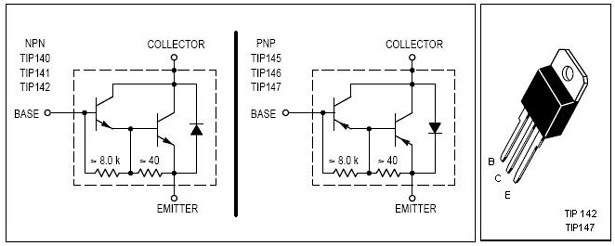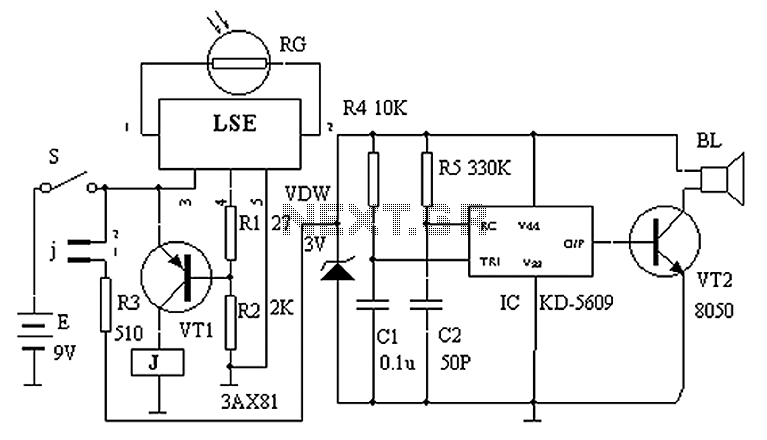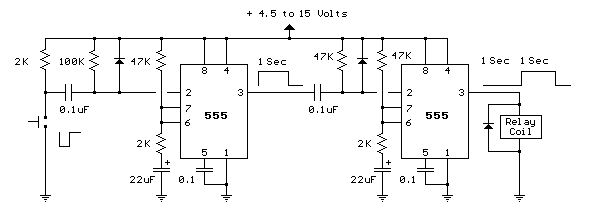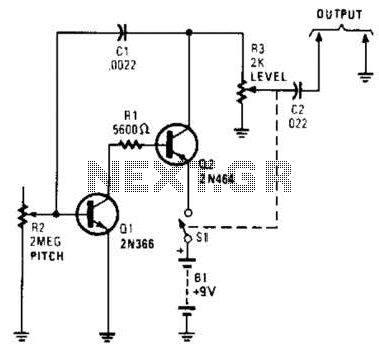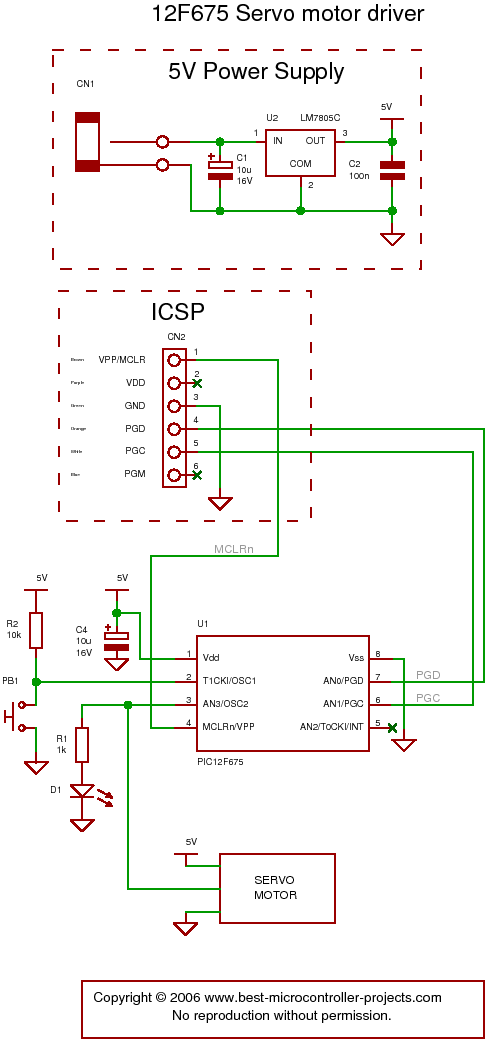
10 Watt Stereo Amplifier Circuit Using TDA2009A
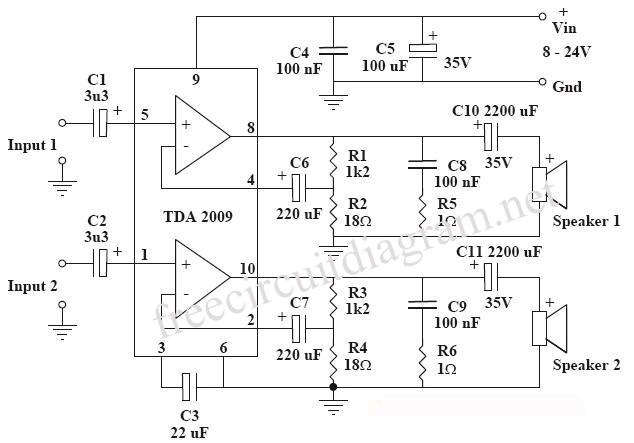
This circuit is a diagram of a mini amplifier. The amplifier circuit has a power output of 10 watts and is well-suited for car audio applications. It utilizes the TDA2009A integrated circuit as the power amplifier. To prevent excessive heat buildup in the IC, a heat sink compound is applied between the IC and the heat sink.
The mini amplifier circuit described operates at a power output of 10 watts, making it an efficient choice for car audio systems where space and power conservation are critical. The TDA2009A is a versatile integrated circuit known for its robustness and reliability in audio amplification applications. It is capable of driving speakers directly, making it ideal for automotive environments.
In the schematic, the TDA2009A is typically connected to a power supply that provides the necessary voltage, often in the range of 12V to 14.4V, which is standard for automotive electrical systems. The circuit may include input capacitors for signal coupling, resistors for gain adjustment, and feedback components to stabilize the amplifier's performance.
To manage heat dissipation effectively, a heat sink is employed, attached to the TDA2009A to ensure that the IC operates within safe temperature limits. The use of a thermal compound between the IC and the heat sink enhances thermal conductivity, allowing for efficient heat transfer and preventing thermal overload that could lead to circuit failure.
Additional features may include a low-pass filter at the output to reduce high-frequency noise, ensuring a cleaner audio signal. The circuit may also incorporate protection mechanisms such as fuses or thermal shutdown features to safeguard against short circuits or excessive current draw.
Overall, this mini amplifier circuit is designed for simplicity and effectiveness, making it an excellent choice for enhancing audio quality in automotive applications. Proper layout and component selection are crucial for achieving optimal performance and reliability.This circuit is a circuit diagram mini amplifer. This amplifier circuit has a power of 10 watts. This amplifier circuit is very suitable to apply to your car audio. This amplifier using IC TDA2009A, as amplifeir power. To avoid excessive heat in the IC using some heat sink compound between the heat sink . 🔗 External reference
The mini amplifier circuit described operates at a power output of 10 watts, making it an efficient choice for car audio systems where space and power conservation are critical. The TDA2009A is a versatile integrated circuit known for its robustness and reliability in audio amplification applications. It is capable of driving speakers directly, making it ideal for automotive environments.
In the schematic, the TDA2009A is typically connected to a power supply that provides the necessary voltage, often in the range of 12V to 14.4V, which is standard for automotive electrical systems. The circuit may include input capacitors for signal coupling, resistors for gain adjustment, and feedback components to stabilize the amplifier's performance.
To manage heat dissipation effectively, a heat sink is employed, attached to the TDA2009A to ensure that the IC operates within safe temperature limits. The use of a thermal compound between the IC and the heat sink enhances thermal conductivity, allowing for efficient heat transfer and preventing thermal overload that could lead to circuit failure.
Additional features may include a low-pass filter at the output to reduce high-frequency noise, ensuring a cleaner audio signal. The circuit may also incorporate protection mechanisms such as fuses or thermal shutdown features to safeguard against short circuits or excessive current draw.
Overall, this mini amplifier circuit is designed for simplicity and effectiveness, making it an excellent choice for enhancing audio quality in automotive applications. Proper layout and component selection are crucial for achieving optimal performance and reliability.This circuit is a circuit diagram mini amplifer. This amplifier circuit has a power of 10 watts. This amplifier circuit is very suitable to apply to your car audio. This amplifier using IC TDA2009A, as amplifeir power. To avoid excessive heat in the IC using some heat sink compound between the heat sink . 🔗 External reference
Warning: include(partials/cookie-banner.php): Failed to open stream: Permission denied in /var/www/html/nextgr/view-circuit.php on line 713
Warning: include(): Failed opening 'partials/cookie-banner.php' for inclusion (include_path='.:/usr/share/php') in /var/www/html/nextgr/view-circuit.php on line 713
